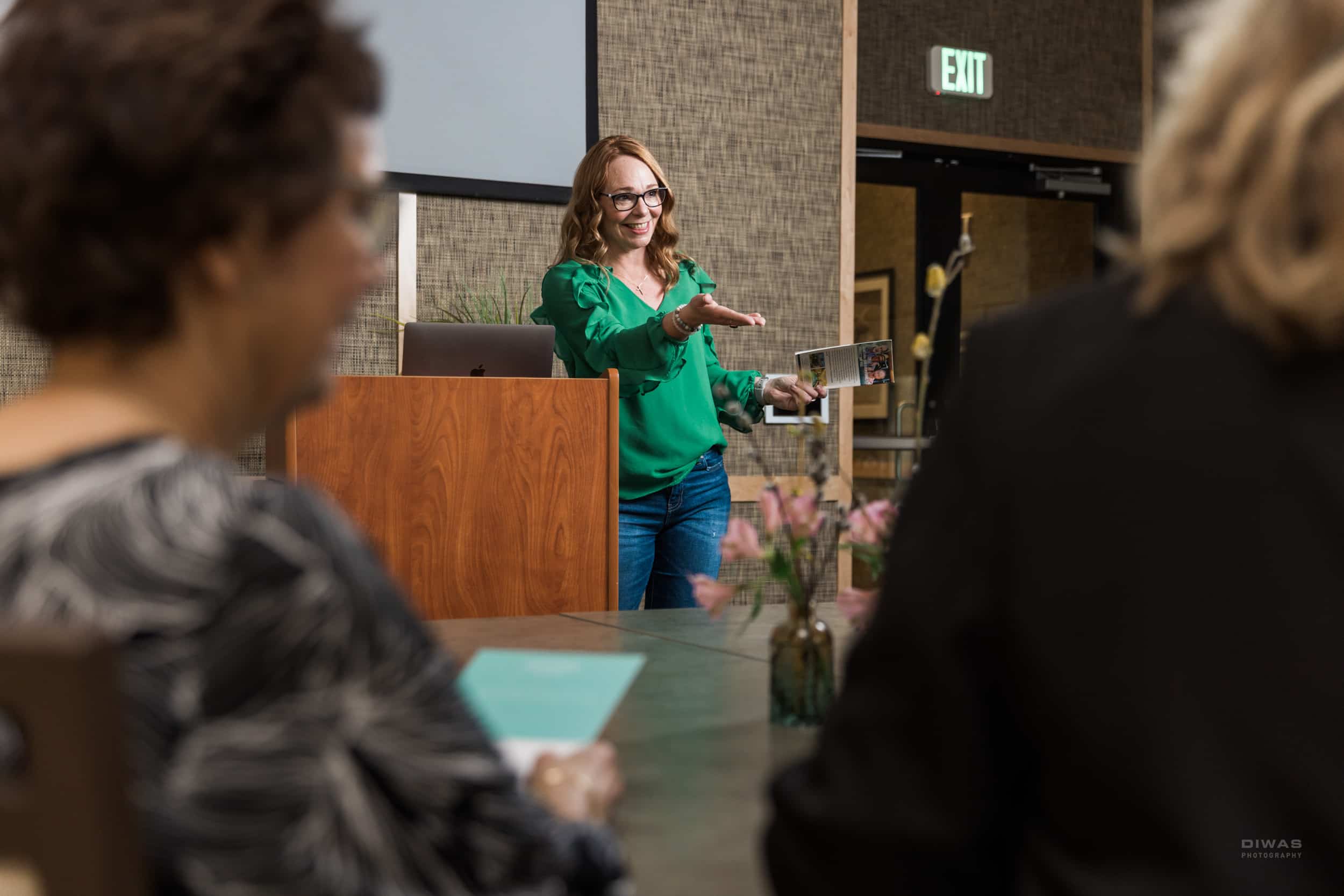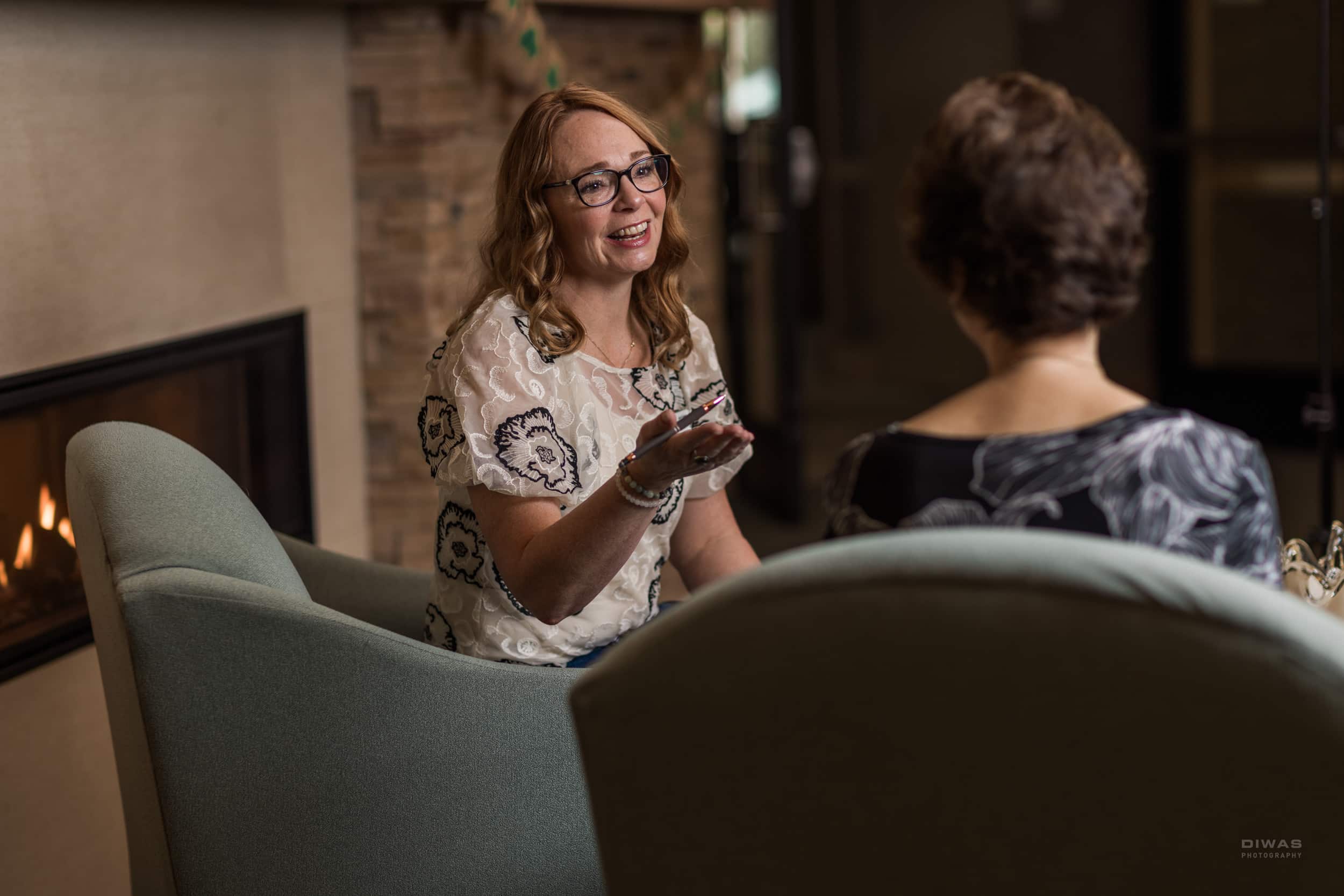
Moving is a daunting task. We often start excited for a new adventure, but even the most enthusiastic person can feel deterred standing in their garage wondering where to start. I meet with families often who are full steam ahead in the beginning and not a week later stop in their tracks due to the overwhelming lifestyle change. The idea to move is typically brought on when we watch someone we know go through something tragic, or maybe we experience tragedy from an unpredictable event. The reason to move could be inspired by an older sibling or parent deciding they don’t want to go through the same hard scenario as their loved one. It could be triggered by a diagnosis, wishing to live closer to family, or a realizing they are done with home maintenance. Whatever the reason, the decision to move can invoke many feelings.
I advocate setting families up for lifelong solutions. There is a significant difference in moving in a planned, premeditated fashion versus being told you can no longer live at home alone. Life doesn’t always happen the way we plan, and these circumstances can make the decision to move even harder. Things can change with unexpected health issues, loss, or a change in behaviors that require a specialist’s help. We want to plan and move when it’s on their terms.
Recently, I read about people who retired on cruise ships. They moved their belongings into storage and spend most of the year traveling the world. They have medical facilities available, they can take advantage of sightseeing, and their meals are prepared for them. They accepted the idea they will live in a small space long-term, and they’re happy about it because it’s on their terms. There are many living options in retirement, including aging-in-place, skilled nursing, independent, assisted, and memory care communities. In almost every circumstance, there is a level of downsizing. The very idea of retirement means less. Less in your schedule, less accumulation, fewer duties to manage, and fewer chores. Downsizing will allow for mobility considerations, navigating a space with vision impairments, and planning for medical needs. Preparing for these things now and not waiting until you’re forced to make these decisions, means you and your loved ones have the freedom to life’s adventures.
It can take time to get comfortable with the idea of preparing for retirement. It often means downsizing your best China, leaving behind your large family dinner table where treasured memories were shared. The spaces in communities average between 750 square feet to 1,100 square feet, depending on if you’re looking at a studio, one-bedroom, or two-bedroom. Downsizing doesn’t mean you need to get rid of everything. Moving into a retirement or continuing care community allows you to be creative and hang your artwork on the walls. Moving into an Adult Family Home often allows you to bring your bed, dresser, nightstands, or favorite chair, so long as they fit in the space.
You don’t have to do this alone. Enlist a trusted family member, friend, or a professional third-party to help you through this process. They can bring a different persepective without emotional ties when bouncing ideas around if should you keep an item or let it go. Plus, it makes it more fun. I often do this with clients who need help.If you or your loved one is coming to the age of retirement, consider these suggestions:
- Talk Downsizing. Ask the family if there are items they wish to claim. Maybe you know your youngest would like the large dining table. Giving them to family makes parting with the item a bit easier.
- Pack Slowly. Gradually pack up items you aren’t using as you notice them. We all live with things we haven’t touched in years. In this line of work, I am regularly reminded if I haven’t used it in 18 months, it’s time to decide who needs it more than me.
- Start With Labeling. Use colored tabs, tape, or another form of tagging. Pick three colors to represent Keep, Consider, Donate. Choose a fourth color that is dedicated to family to avoid donating an important heirloom. Start in one room and work your way through the house. Setting a goal to accomplish one room a week might help get you started.
- Consider a Moving Coordinator. I partner with awesome people who can set up the movers and coordinate the transition without you lifting a finger. You can leave for the weekend and return to all your items moved, unpacked, and set exactly how you wanted them.
- Prepare Early. Know what you want when it’s time. Start touring options with someone like me and get on waiting lists. Putting your name on the waiting list and revisiting six months later is smart to ensure your gut is still approving.
- Get Your Home Ready. If you own your home, have a real estate professional give you ideas to consider fixing, updating, and what you could expect in the market. This will help you plan better with fewer surprises. I work with some great partners in the South Sound and beyond who are senior support certified.
Recently, I moved a client’s parents because her mom was unwell and needed help for her and her dad’s sake. Together, we decided assisted living was the best plan. We expected her to go first, but he passed a year later, completely unforeseen. We jumped into action and made a transition plan. It’s important to have a backup plan should the situation change drastically. Everyone should be ready for things to change because, in my experience, they nearly always do. Together, we can plan for options A, B, and C, and the challenges we may need to overcome. When we have a plan, everyone rests a little better.
RESOURCES





